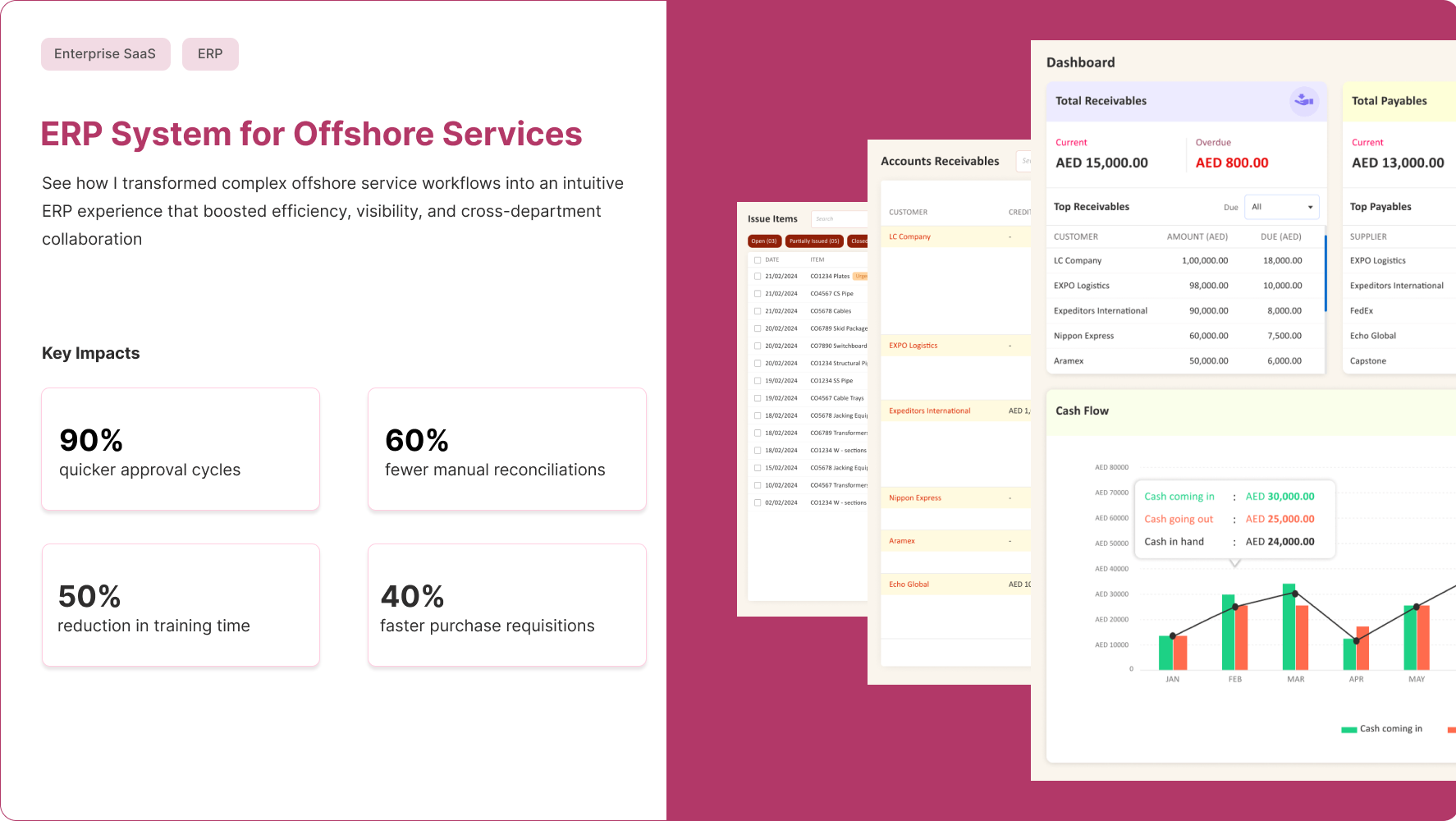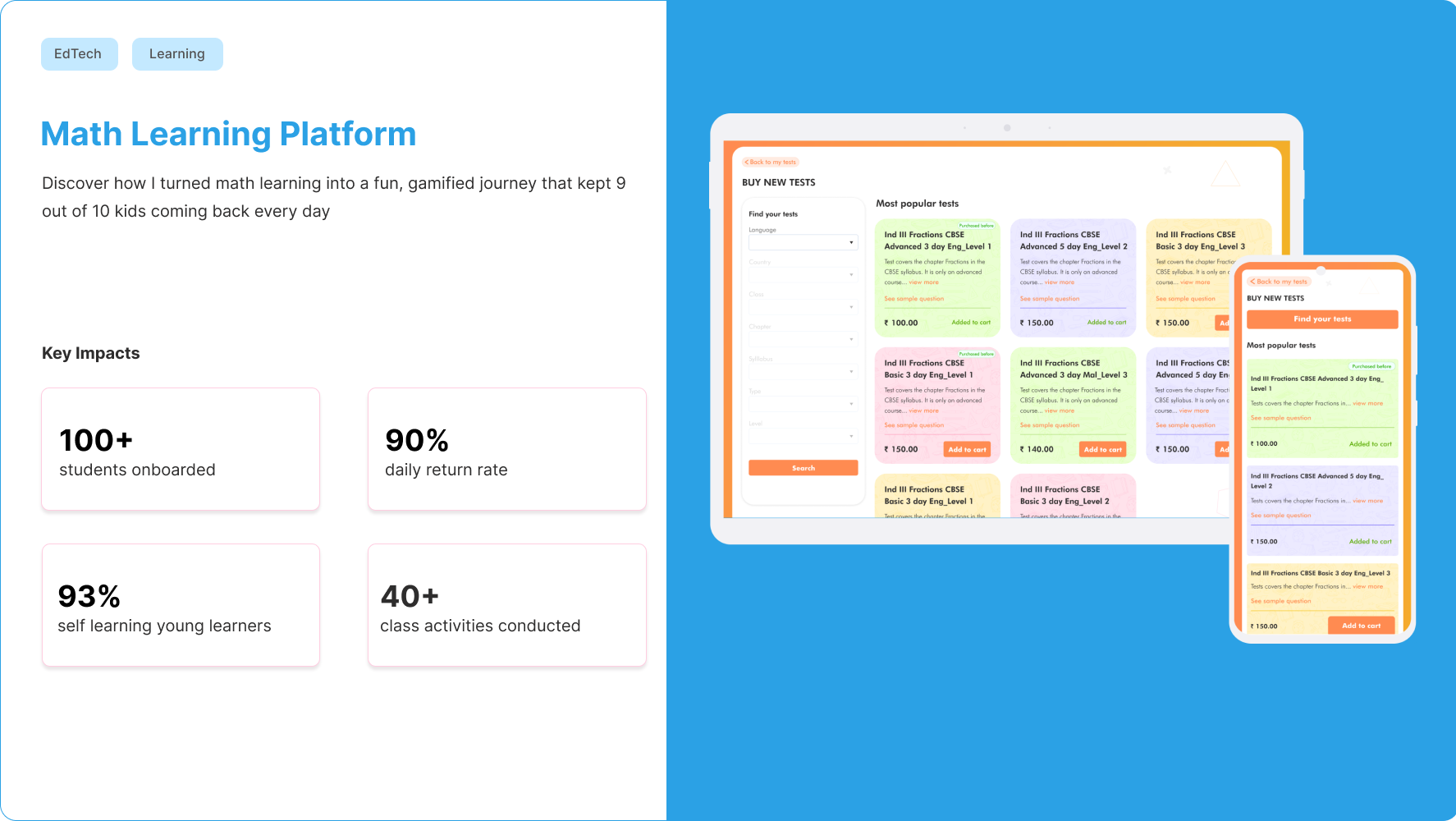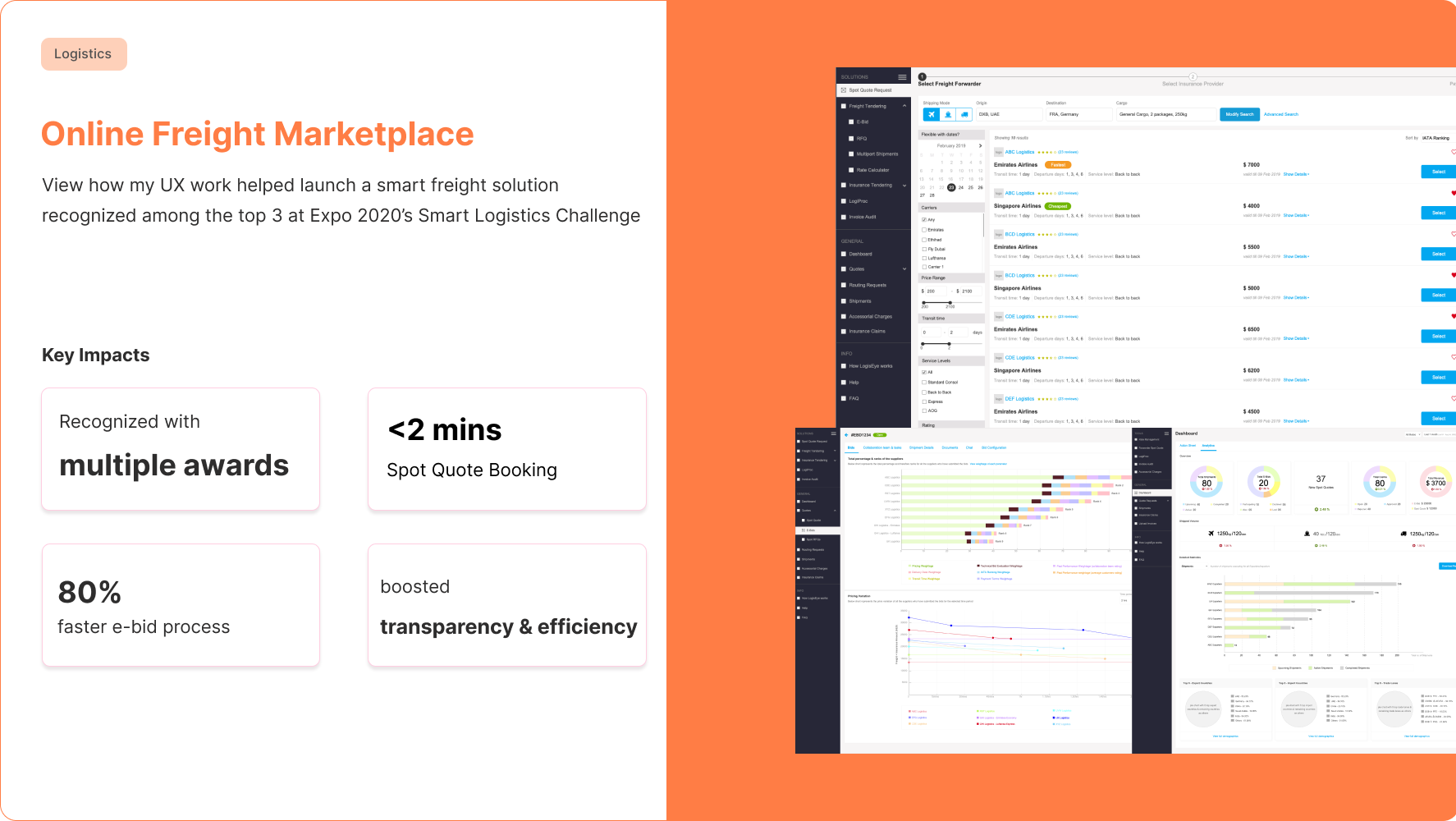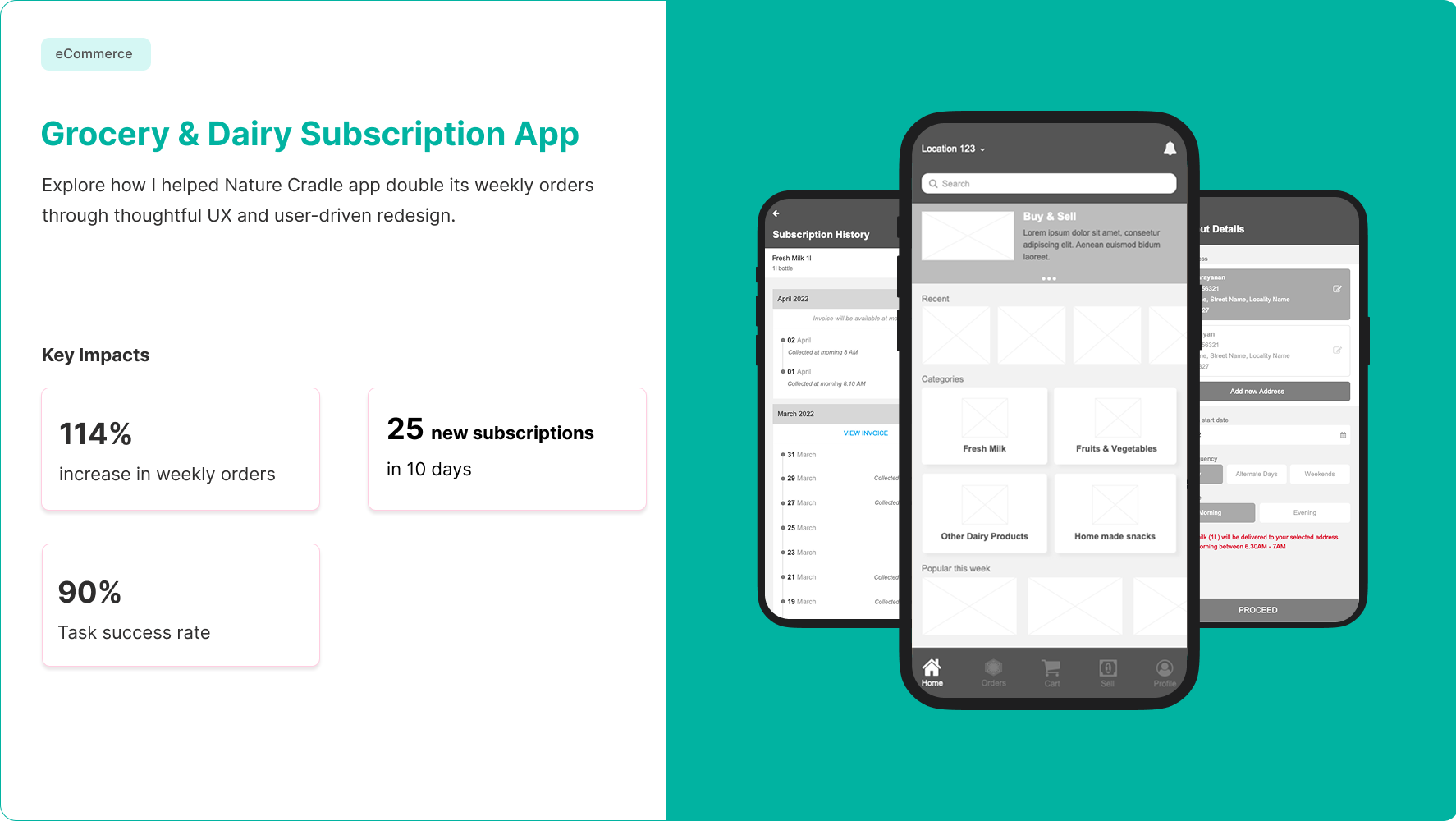Quick Summary
Domain: Healthcare, Clinic Management
Duration: 6 months (2021-2022)
Tools: Axure RP, Figma, Jira
Contribution: Collaborated with doctors and clinic staff to understand their daily workflows and pain points, conducted ideation sessions to identify key opportunities, and prioritized features that truly mattered. Mapped user flows, designed wireframes and prototypes, and refined the experience through iterative usability testing sessions conducted via Zoom
Key Impact:
✅ 100% task success rate in final testing
✅ Task completion speed improved by 40%
✅ Navigation success rate increased from 65% to 92% after a key design fix
-------------------------------------------------------------------------------------------------------------------------------------------------------------------------------------------------------------------------------------------------------------------------------------
How it all started
When I first joined this project, I was told:
“We need a clinic management app—but not one of those bloated hospital systems. Clinic doctors don’t have time for that.”
Doctors and clinic owners were exhausted managing everything: appointment scheduling, staff shifts, billing, and medicine stock. Many were using Excel sheets or juggling multiple tools. Some had tried hospital-grade software—but found it far too expensive or overwhelming for their small setup.
That’s when we knew—they didn’t need more features.
They needed clarity, speed, and control.
They needed clarity, speed, and control.
-------------------------------------------------------------------------------------------------------------------------------------------------------------------------------------------------------------------------------------------------------------------------------------
My Role
As the Lead UX Designer, I drove the entire UX process:
-- Ran interviews with doctors, managers, and staff
-- Mapped out workflows and bottlenecks
-- Created wireframes and prototypes using Axure RP
-- Led usability testing loops
-- Guided the UI and dev teams for implementation
-------------------------------------------------------------------------------------------------------------------------------------------------------------------------------------------------------------------------------------------------------------------------------------
Listening First: Understanding Real Problems
We kicked things off with interviews over Zoom. We spoke to:
-- 4 Doctors (some managing multiple clinics)
-- 5 Clinic Owners/Managers
And they didn’t hold back. We heard everything—frustrations, hacks, and little wins.
-------------------------------------------------------------------------------------------------------------------------------------------------------------------------------------------------------------------------------------------------------------------------------------
Making Sense of the Chaos
We created cognitive maps to visualize how clinics operated—across appointments, consultations, purchases, and patient care. This helped us (and the dev team) get into the minds of our users.
This step helped align everyone around the real, lived workflows—not just ideal ones.
Turning Pain Points into Possibilities
We held a small ideation workshop, asking questions like:
“How might we help a doctor switch between clinics seamlessly?”
“How might we reduce effort in recurring consultations?”
“How might we reduce effort in recurring consultations?”
These helped generate clear, focused solutions that prioritized ease of use and speed.
-------------------------------------------------------------------------------------------------------------------------------------------------------------------------------------------------------------------------------------------------------------------------------------
From Ideas to Impact
To make sense of all the needs, we sketched out user flows on a whiteboard—walking through how each person (doctor, clinic owner, nurse) would naturally move through the app.
Then came the tough part: deciding what to build first. Using the impact-effort matrix, we prioritised features that offered the most value without overwhelming users.
Result: A focused MVP that met real clinic needs without adding hospital-level complexity.
Designing with Purpose
We started with quick paper sketches, then moved to low-fidelity wireframes in Axure. We didn’t aim for perfection—just something good enough to test with users. Each screen was reviewed with doctors and owners via Zoom.
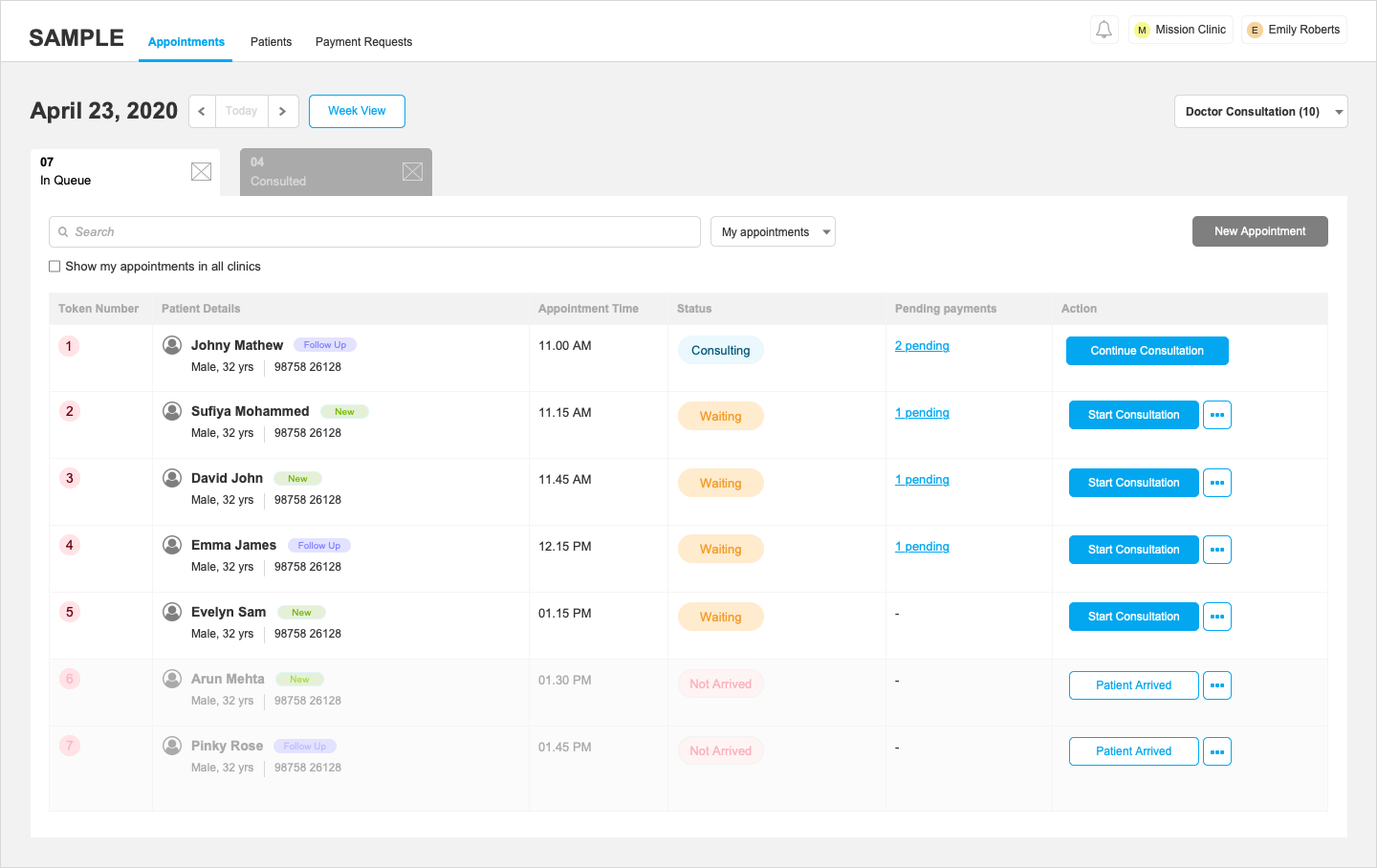
Appointments listing screen for Doctors
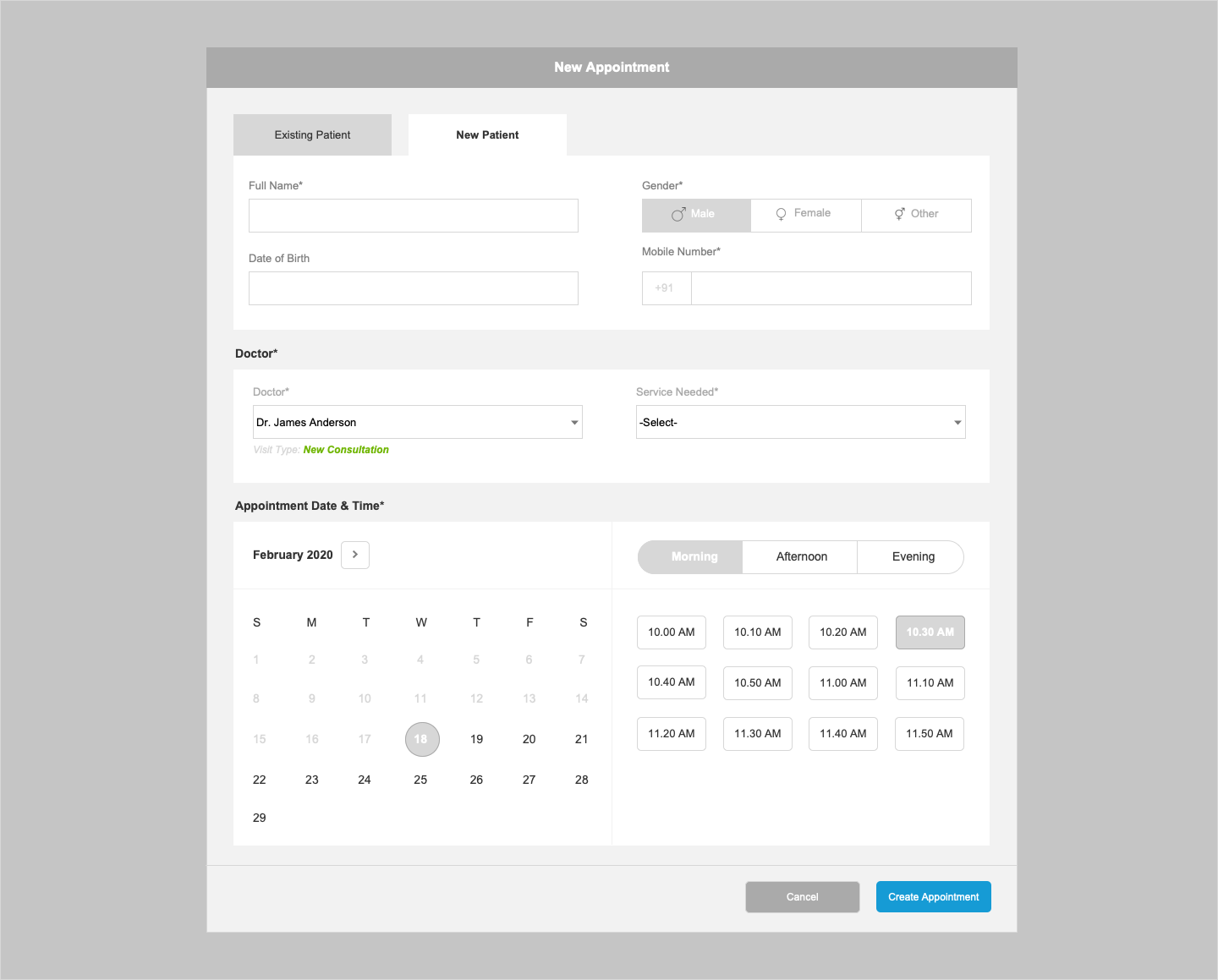
New Appointment screen
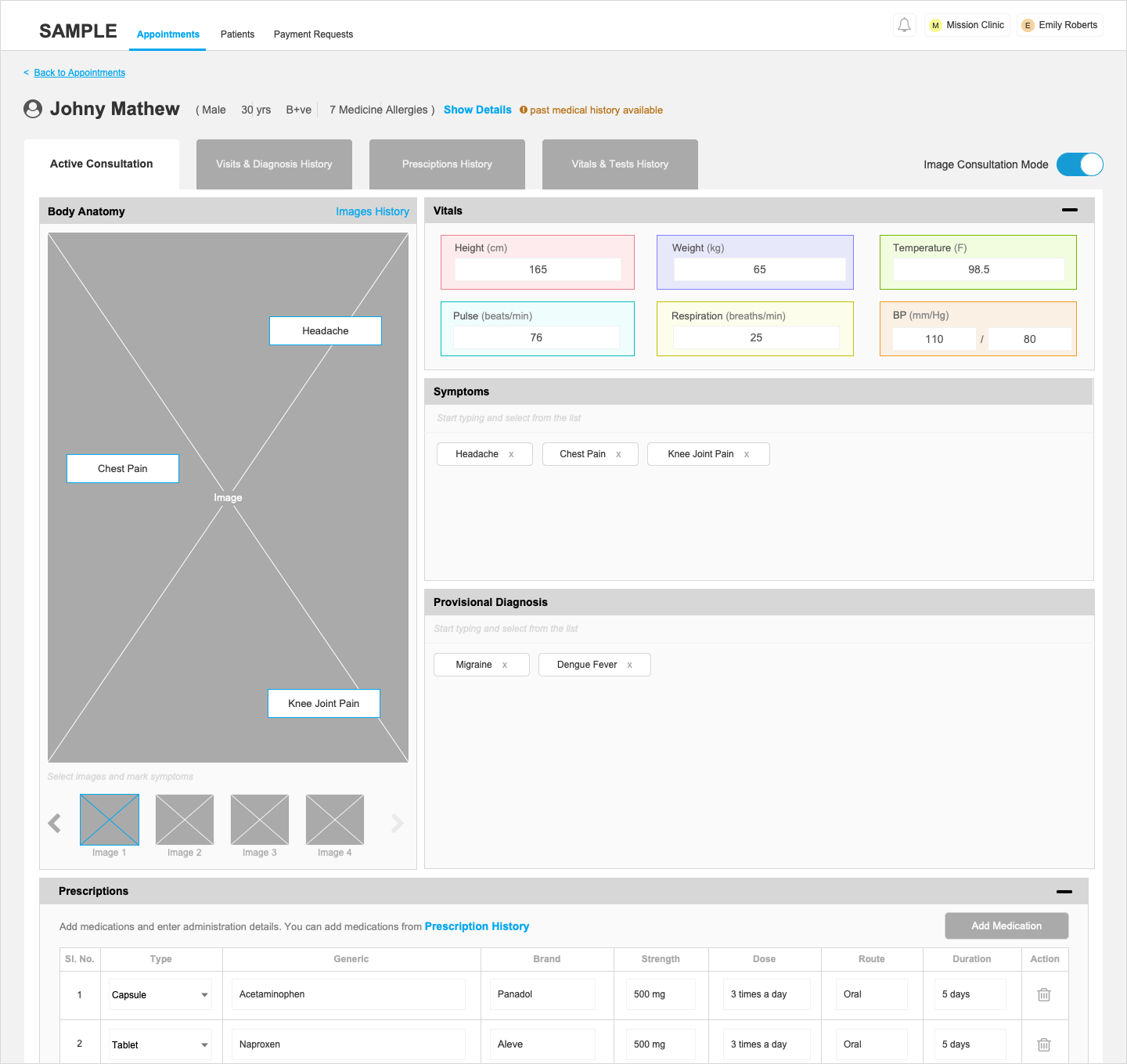
Consultation screen for Doctors
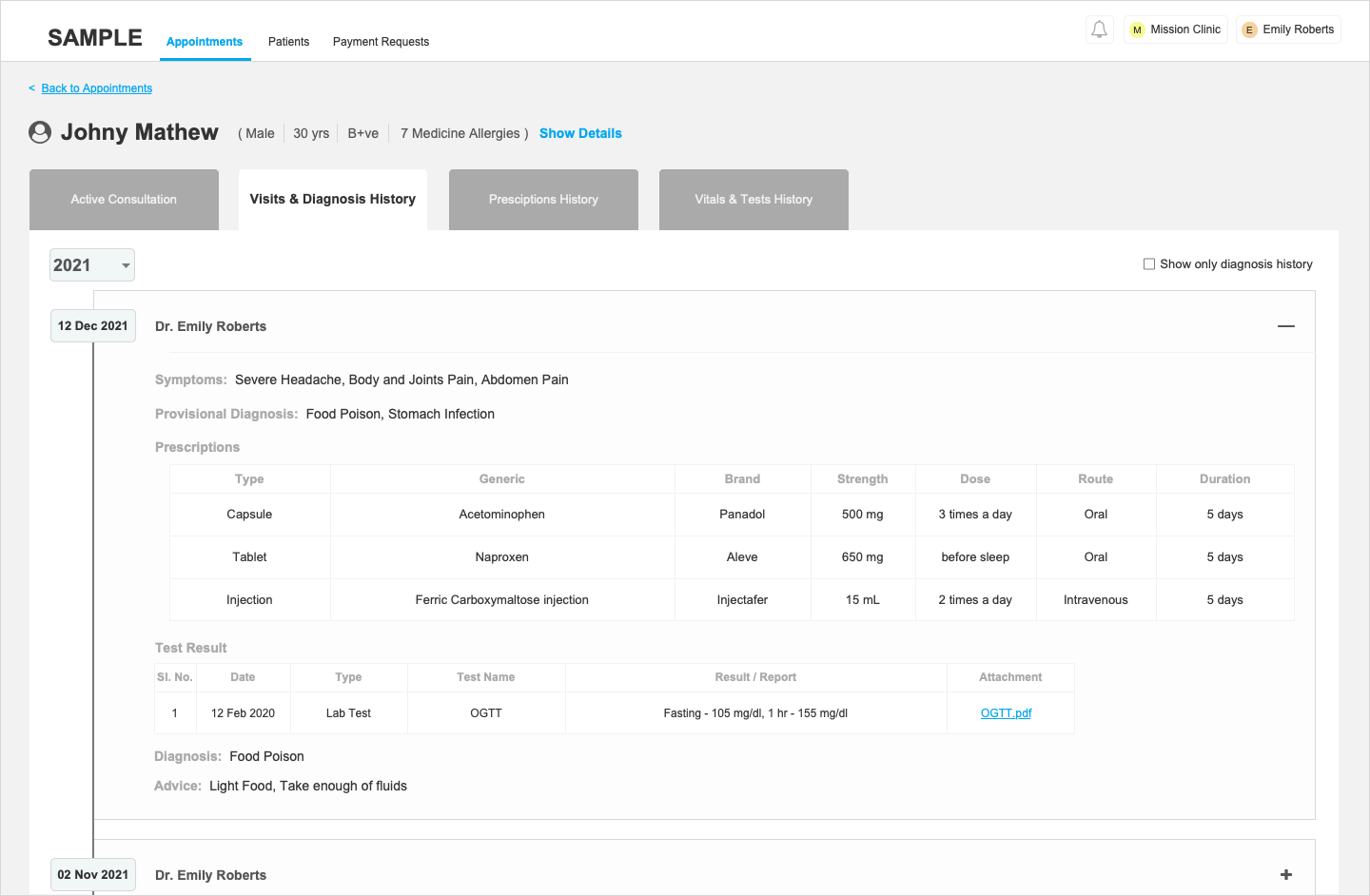
Visits & Diagnosis History screen for Doctors
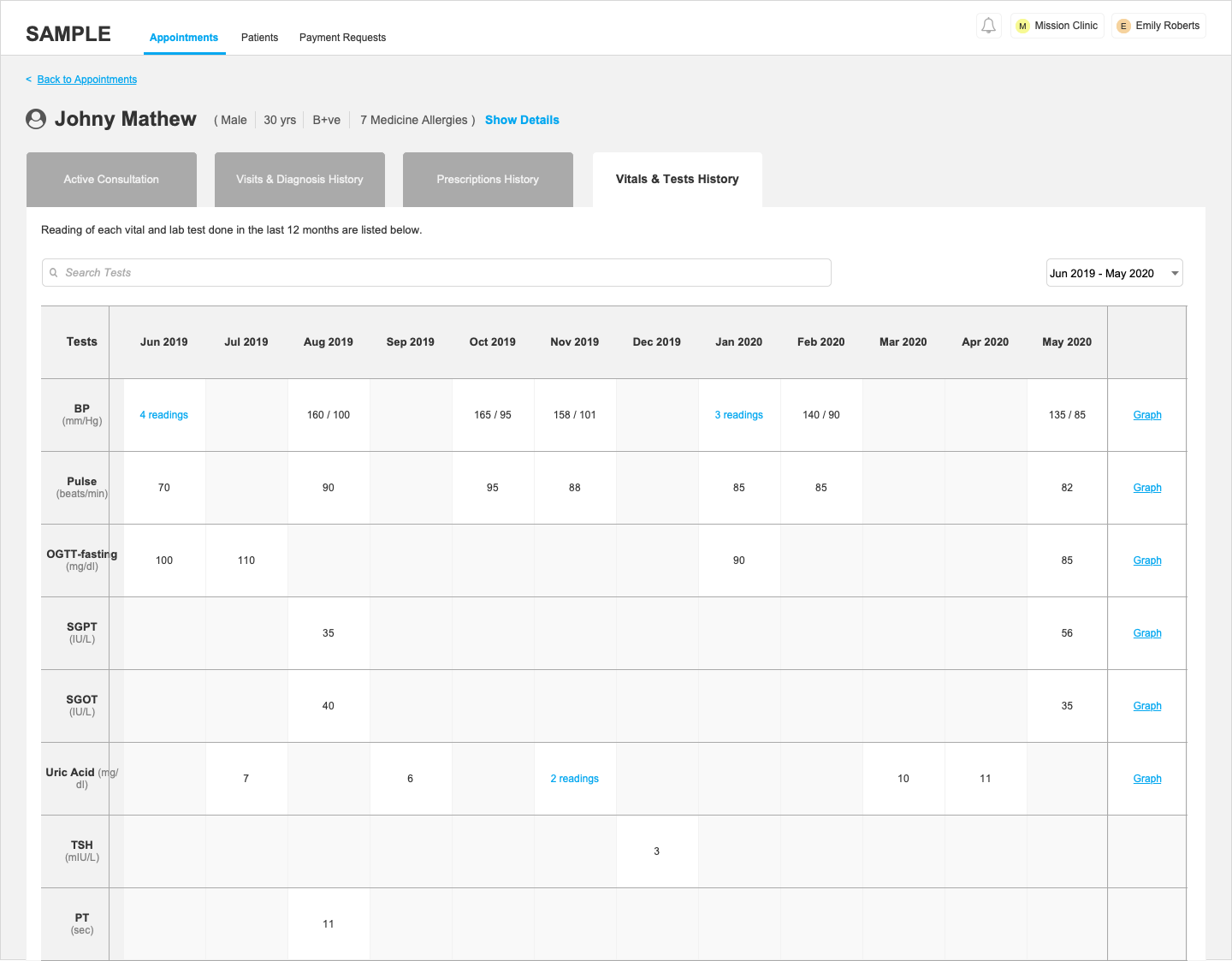
Tests History screen for Doctors
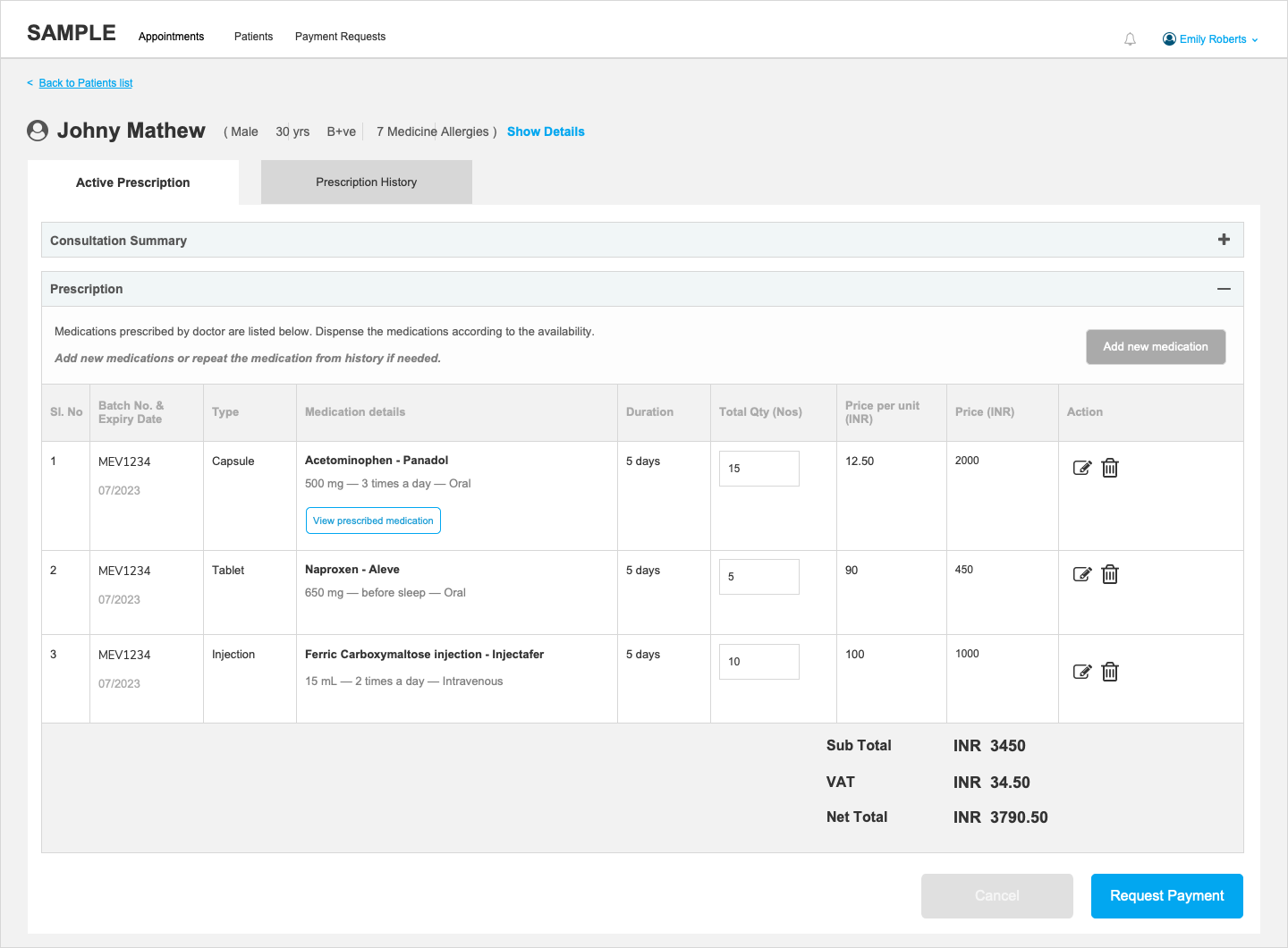
Pharmacist screen for prescribing medicines

Products Stock

Purchase Entries
-------------------------------------------------------------------------------------------------------------------------------------------------------------------------------------------------------------------------------------------------------------------------------------
Testing & Iterating with Real People
Every prototype was tested with the same doctors and owners who shared their problems. Their feedback was our compass. Here’s what changed:
✅ Before: Multi-clinic navigation was confusing
After: Introduced a clear, clean clinic switcher
✅ Before: Invoice generation was too long
After: Enabled 1-click invoice from consultation
✅ Before: Purchase & stock mixed together
After: Split workflows with better visual cues
Version 1 and version 2 of department drop-downs and status filters
Version 1 and version 3 of clinic selection and clinic functionalities
Version 1 and version 3 of the user profile options
-------------------------------------------------------------------------------------------------------------------------------------------------------------------------------------------------------------------------------------------------------------------------------------
Final Reflection
One of the most important lessons I learned was the power of iterative design driven by real user feedback.
Designing this product taught me that real UX success lies not in flashy features—but in solving everyday frustrations, simply and clearly.
